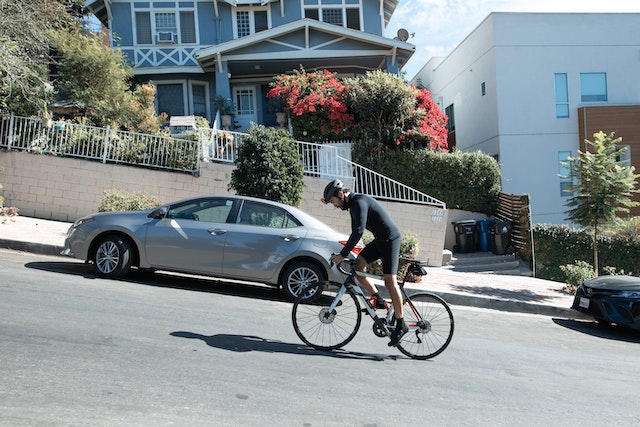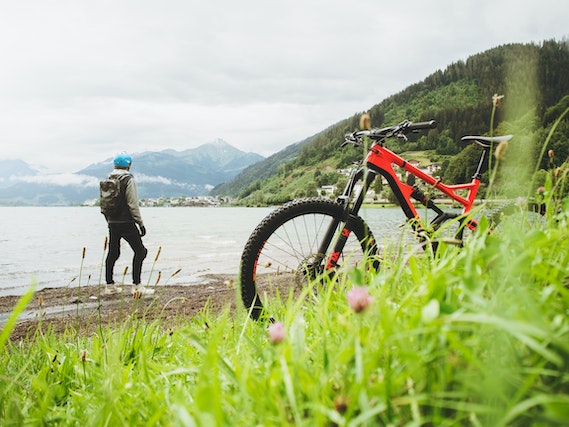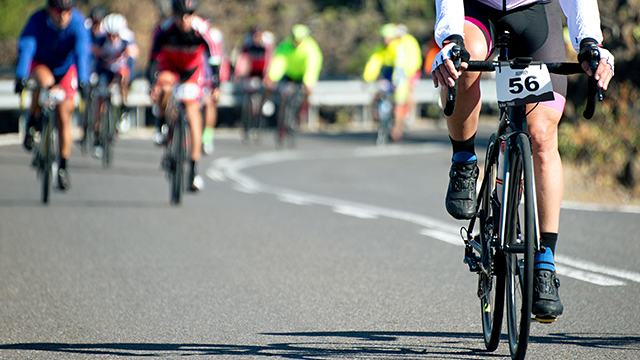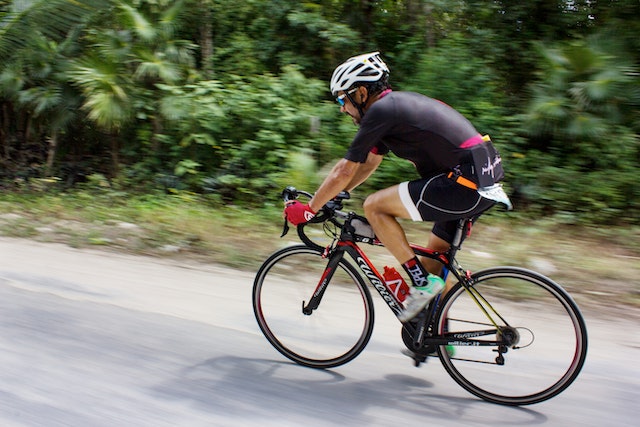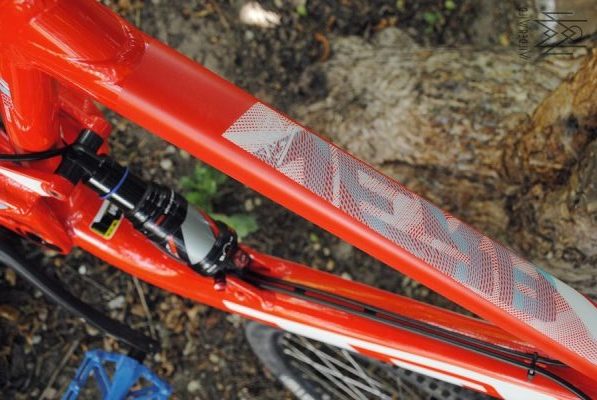Did you know that up to 75% of cyclists experience chafing at some point? If you’re an avid cyclist, you understand the joy and freedom that comes with hitting the open road. But when chafing strikes, it can quickly turn your cycling adventure into a painful experience. That’s why it’s crucial to know how to prevent chafing and keep enjoying your rides to the fullest.
In this article, we will guide you on the best practices to avoid chafing when cycling. From choosing the right gear and applying lubricants to ensuring proper bike fit and maintaining hygiene, we’ve got you covered. So, if you want to keep pedaling without the discomfort, read on and discover the secrets to a chafe-free cycling experience.
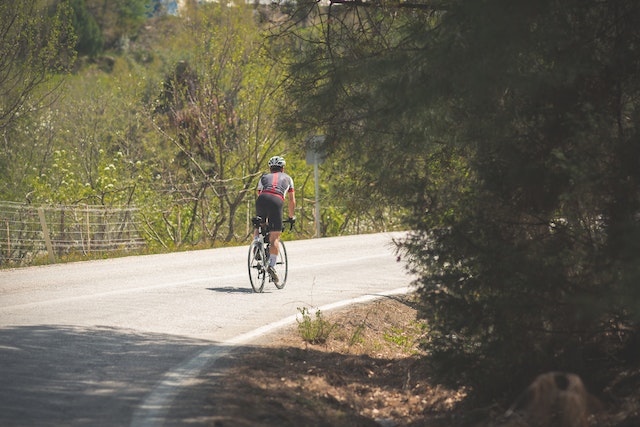
1. Choosing the Right Clothing and Gear
To prevent chafing when cycling, you’ll want to make sure you’re wearing the right clothing and gear. Choosing the right clothing can make all the difference in your comfort and performance.
First and foremost, opt for moisture-wicking fabrics that’ll keep you dry and reduce friction. Look for cycling shorts made of high-quality materials that have a seamless design to minimize rubbing and irritation.
Additionally, consider investing in a good pair of cycling gloves to protect your hands from blisters and calluses. These gloves will also provide a better grip on the handlebars, preventing your hands from slipping and causing friction.
Another essential piece of gear to prevent chafing is a well-fitted saddle. Ensure that your saddle is the right size and shape for your body, as an ill-fitting saddle can cause discomfort and rubbing. Consider getting a professional bike fitting to find the perfect saddle for you.
Additionally, use a chamois cream or anti-chafing balm on areas prone to friction, such as your inner thighs or groin. These products create a protective barrier that reduces friction and soothes any existing irritation.
Finally, don’t forget to regularly wash your cycling gear to remove sweat, bacteria, and oils that can contribute to chafing.
By following these tips and selecting the right clothing and gear, you’ll be well on your way to a chafe-free cycling experience.
2. Applying Lubricants or Balms
For a more comfortable ride, try using lubricants or balms to reduce friction and discomfort, even if you think they’re unnecessary. These products can make a big difference in preventing chafing and ensuring a smooth cycling experience.
Here are some tips on how to apply them effectively:
- Apply the lubricant or balm to areas prone to chafing, such as the inner thighs, groin, and buttocks. Don’t be shy about using a generous amount, as it’ll provide better protection.
- Make sure to reapply the product every few hours, especially if you’re going on a long ride. Sweat and movement can cause the lubricant to wear off, so it’s important to stay ahead of any potential chafing.
- If you’re using a lubricant, choose one that’s specifically designed for cycling. These products are often sweat-resistant and provide long-lasting protection.
- If you prefer a balm, look for one that contains natural ingredients like shea butter or coconut oil. These can help soothe and moisturize your skin while reducing friction.
By taking these simple steps, you can greatly reduce the chances of chafing and discomfort while cycling. Remember, it’s always better to be proactive and prevent chafing before it happens. So don’t forget to stock up on these essential products and enjoy a more enjoyable ride!
3. Ensuring Proper Bike Fit
Make sure your bike fits properly to enhance your riding experience. When it comes to preventing chafing while cycling, having a bike that fits you well is crucial. The right bike fit can help reduce friction and pressure on certain areas of your body, minimizing the risk of painful chafing.
Firstly, make sure your bike frame is the right size for you. When you sit on the saddle, your feet should be able to touch the ground lightly. Your knees should have a slight bend when the pedals are at their lowest point. This will help you maintain a comfortable and efficient riding position.
Additionally, pay attention to your saddle height and angle. Your saddle should be level or slightly tilted downward, as this helps distribute your weight more evenly and reduces the risk of chafing. Adjust the saddle height so that your leg is almost fully extended when the pedal is at its lowest point. This will allow for proper leg extension and prevent unnecessary friction.
Lastly, consider investing in a professional bike fitting session. A professional can help you find the perfect bike position and make adjustments tailored to your body and riding style. This will ensure maximum comfort and minimize the chances of chafing. Remember, a bike that fits you well is essential for an enjoyable and pain-free cycling experience.
4. Hygiene and Cleanliness
Maintaining proper hygiene and cleanliness while cycling is as essential as having a well-fitted bike to avoid any unsavory surprises. When it comes to preventing chafing, taking care of your body and keeping everything clean is crucial.
Start by wearing clean, moisture-wicking cycling shorts that fit you well. These shorts are designed to minimize friction and keep your skin dry. Make sure to wash them regularly to remove any sweat or bacteria that may accumulate.
Additionally, pay attention to your personal hygiene. Take a shower before your ride to remove any dirt or sweat that could irritate your skin. Use a mild soap and warm water to cleanse your body, paying special attention to areas prone to chafing, such as the groin, underarms, and buttocks. After your ride, it’s important to clean up again. Remove your cycling shorts and wash them promptly, ensuring they are fresh for your next ride.
Remember to moisturize your skin regularly to keep it hydrated and supple. Dry skin can increase friction and lead to chafing. Apply a non-greasy, water-based moisturizer to your body before and after your ride to maintain healthy skin. By following these hygiene and cleanliness practices, you’ll not only prevent chafing but also enhance your overall cycling experience. Stay fresh, stay clean, and enjoy the ride!
5. Taking Breaks and Resting
Take the time to listen to your body and give yourself regular breaks and periods of rest while you’re out on your bike. Cycling can be intense, and it’s important to take care of yourself to prevent chafing.
Here are three tips to help you stay comfortable and avoid discomfort:
- Find a comfortable spot to rest: Look for a shaded area or a bench where you can take a break and give your body a chance to recover. This will not only help prevent chafing, but it will also give you a chance to hydrate and refuel.
- Stretch it out: Take a few minutes to stretch your muscles during your breaks. This will help relieve tension and promote blood flow, reducing the chances of chafing. Plus, stretching feels great and can help you maintain flexibility.
- Adjust your clothing: If you start to feel any discomfort or notice any areas where chafing might occur, make sure to adjust your clothing accordingly. Tight or ill-fitting clothing can increase friction and irritate your skin, so opt for moisture-wicking and breathable fabrics that fit well.
Remember, taking breaks and resting is not a sign of weakness, but a way to take care of yourself and enjoy your cycling experience to the fullest.
Frequently Asked Questions
What are some common causes of chafing while cycling?
Chafing while cycling can be caused by friction between your skin and clothing, sweat, or improper bike fit. It’s like a hot, itchy rash that can make you feel uncomfortable and out of place.
Are there any specific fabrics or materials that are best for preventing chafing?
To prevent chafing while cycling, opt for moisture-wicking fabrics like polyester or synthetic blends. These materials help keep your skin dry and reduce friction, preventing chafing and discomfort during your rides.
Can chafing be prevented by wearing compression shorts or leggings?
Yes, wearing compression shorts or leggings can help prevent chafing when cycling. They provide a snug fit and reduce friction between your skin and clothing, keeping you comfortable and chafe-free during your ride.
How often should I apply lubricants or balms to prevent chafing?
Apply lubricants or balms before each cycling session to prevent chafing. This will provide a protective barrier and reduce friction on your skin. Remember to reapply as needed during longer rides for maximum comfort and protection.
What are some alternative methods for preventing chafing while cycling, besides using lubricants or balms?
To prevent chafing while cycling, try wearing moisture-wicking clothing, using padded shorts, and ensuring a proper bike fit. These alternatives can help reduce friction and keep you comfortable during your rides.
Conclusion
So there you have it! By following these tips, you can prevent chafing and have a more comfortable cycling experience. Remember to choose the right clothing and gear, apply lubricants or balms, ensure proper bike fit, maintain hygiene and cleanliness, and take breaks and rest when needed.
Did you know that according to a study conducted by Cycling Weekly, 80% of cyclists experience chafing at some point? Don’t be part of that statistic, take care of yourself and enjoy your rides to the fullest!
